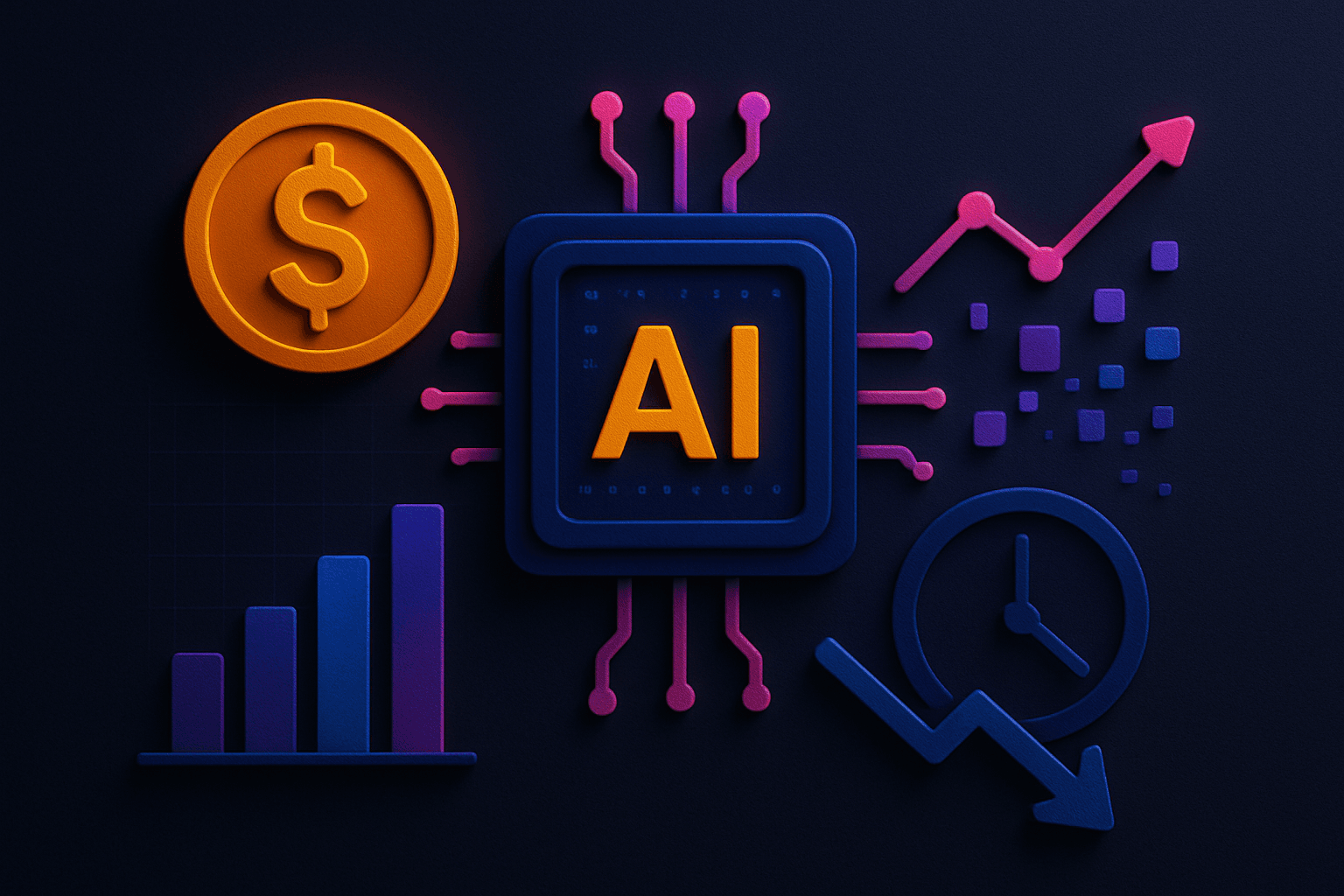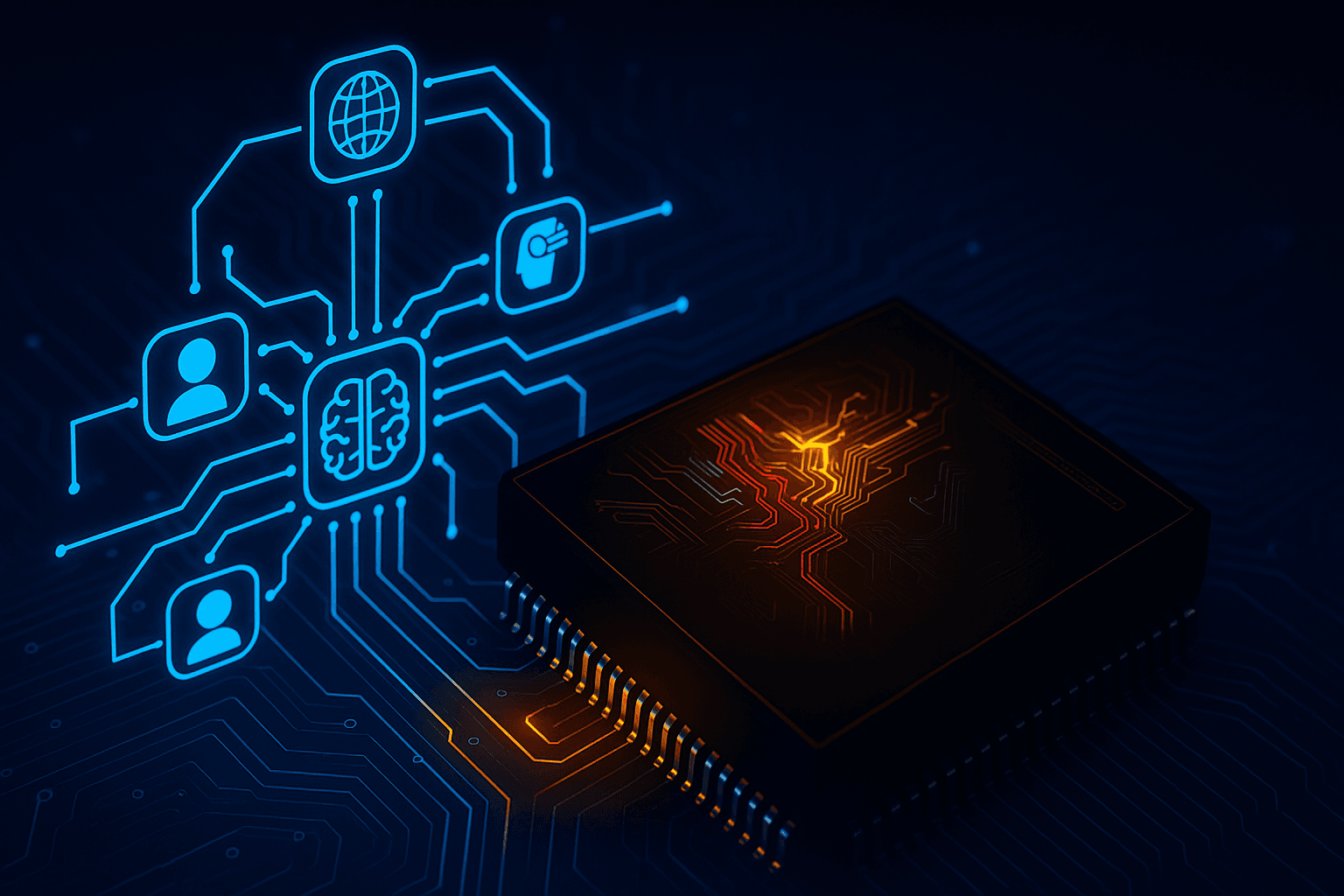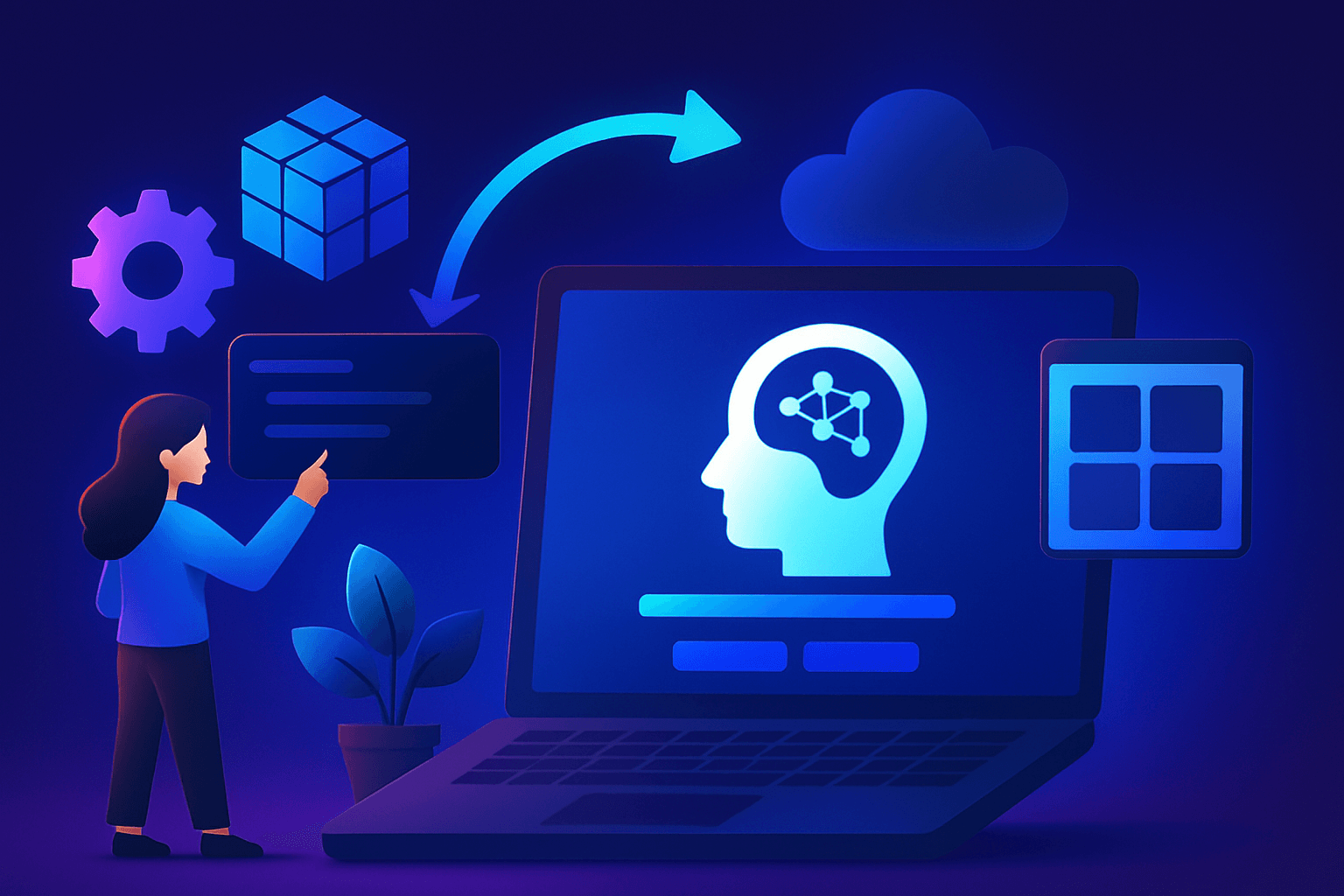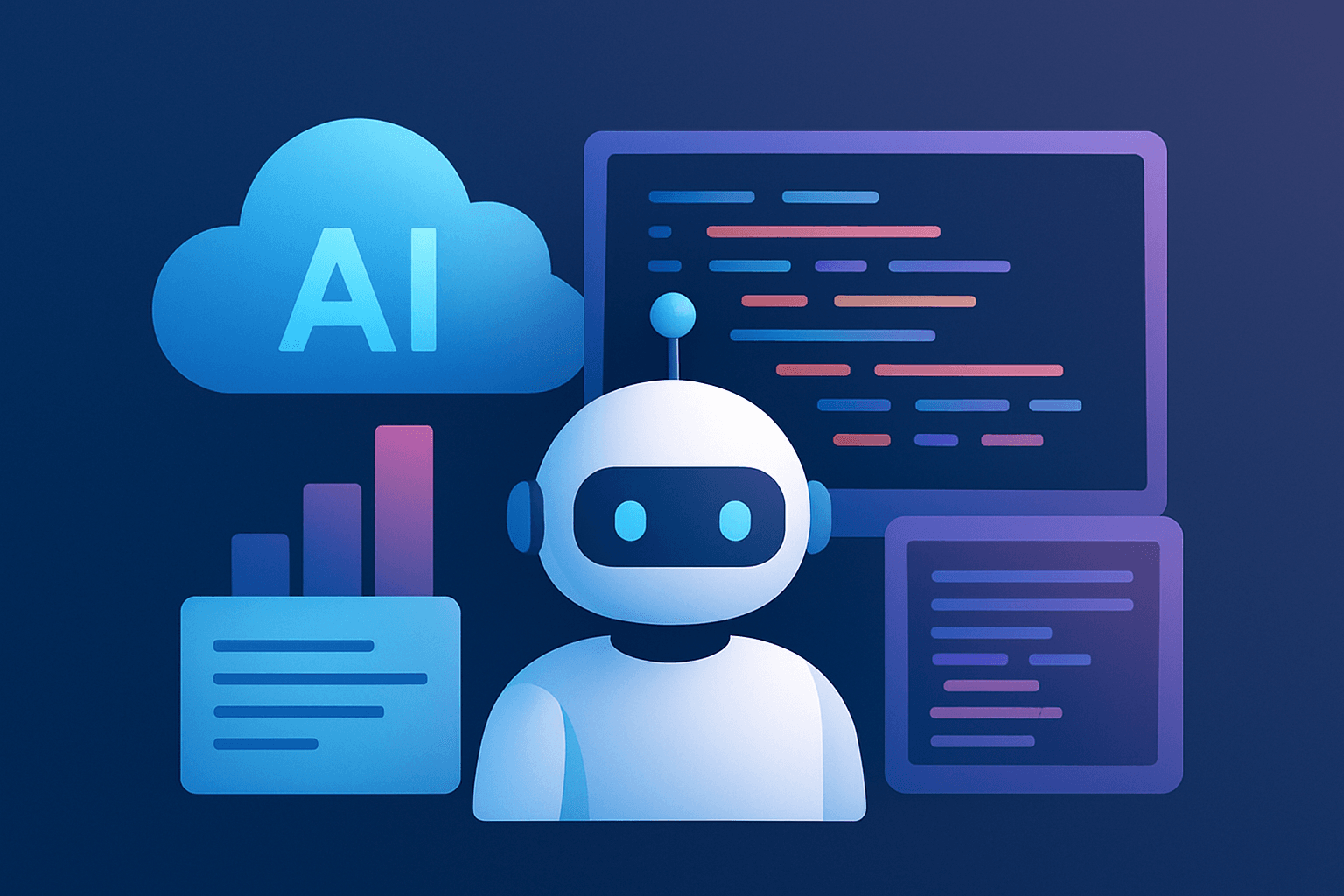If you are baffled by the concept of observability in cloud computing, here is a complete guide on Observability and Metrics. The Observability of IT infrastructure and cloud computing environments helps developers understand the complex multi-layered architecture. In simpler words, it provides the capability to monitor and analyze the events to know what's broken and what needs to be improved to yield actionable insights. When you make the systems observable, anyone on the team can navigate through it, giving the opportunities to recognize and fix the problem.
Objectives of Observability
The observability of a cloud computing system is an integral step in achieving critical business goals. It helps the developers and security analysts to address the problems in the system for positive business growth. The key objectives associated with development observability include-
- Reliability: Reliability is hands down the most important feature of observability. It aids in building an infrastructure that functions according to the needs of the customers. Through observability software tools, you can monitor the capacity, network speed, and user behaviour. This is to ensure that the system is performing the way it should.
- Easy Control: Observable systems are easier to understand and control, allowing the developers to fix the problems conveniently. Modern observability tools can recognize several issues and their probable causes, such as failures due to routine changes and other downstream errors.
- Security: The observability of cloud computing environments is essential for organizations to secure sensitive data against indecent exposure. Since there is full visibility into the cloud environment, organizations can spot potential security threats and attacks to save the data.
- Revenue Growth: The observability of systems can give valuable insights into user behaviours. These systems also tell how they react to other variables, such as availability, speed, and application format. Organizations can utilize this data to generate more revenue from customers while attracting new users.
After delving into the what and why of observability, let us now focus on the ‘how’:
Any cloud computing network generates data in three formats that can be aggregated and analyzed to enhance network observability. These primary types of telemetry data include event logs, metrics, and traces. Often termed as the 'Pillars of Observability,' these are powerful tools that can build better systems. But in this article, we will take a deep dive into the world of Metrics.
What is Metric?
Metrics are the numerical representation of data that determine the component's behaviour over some time. Unlike event logs wherein specific events are recorded, a metric is a measured value of the system performance. Since numbers are optimized for storage, processing, and retrieval, metrics facilitate longer data retention and easy querying.
They give us valuable information about the historical and current state of a system. These metrics can also be used for statistical analysis to get a holistic view of the system's behaviour and performance. Additionally, they carry information about SLIs ( Service Level Indicators), such as memory power usage.
Metrics are also used as trigger alerts that notify the organization whenever the system value goes above a specified threshold.
Advantages of Metrics
- Numeric Format: Unlike logs, metrics are represented as numbers. Thus, they include a count of parameters like the number of errors and measures of resources, such as power usage, CPU usage, and other numeric values in nature. In other words, they provide the organization a count of some occurrence in the system at a particular time.
- Low Cost: While the storage overhead of logs increases over time, metrics have a constant storage overhead. The storage and retrieval costs of metrics are not directly proportional to the traffic, which means it does not increase with the traffic. However, it is dependent on the number of variables emitted with every metric.
- Time-series Database: Metrics are stored in a time-series database, making it more reliable and efficient for computing the system's health.
Cardinality Value of Metrics
Cardinality is a measure of the 'number of elements' of the set. Two critical segments of information associate the metrics-
- A metric name
- A set of tags or labels (key-value pairs)
A permutation of these values produces the cardinality metric.
Types of Metrics
The three primary metric types are -
- Golden Signals: These metrics enable identifying problems while monitoring the overall health and state of the system.
- Resource Metrics: Resource metrics are the ones that are made available by default from the infrastructure provider. They let you track and evaluate your tasks' performance so that you can take steps in the right direction. These also aid in monitoring the infrastructure's health and behaviour.
- Business Metrics: To monitor granular interaction with core APIs, Business metrics are the ideal choice. A business metric is a quantifiable measure used for tracking and accessing the status of a particular business process.
Thus, Metrics are low overhead to collect, inexpensive to store, facilitates quick analysis, and ensures exceptional overall health. They can also be used to create alerts and dashboards as the representation of the historical state. In recent years, many tools have surfaced in the market for metric collection, such as DropWizard, Prometheus, Telegraf, and Micrometer. With observability, you can build better systems that have the potential to drive revenue.









